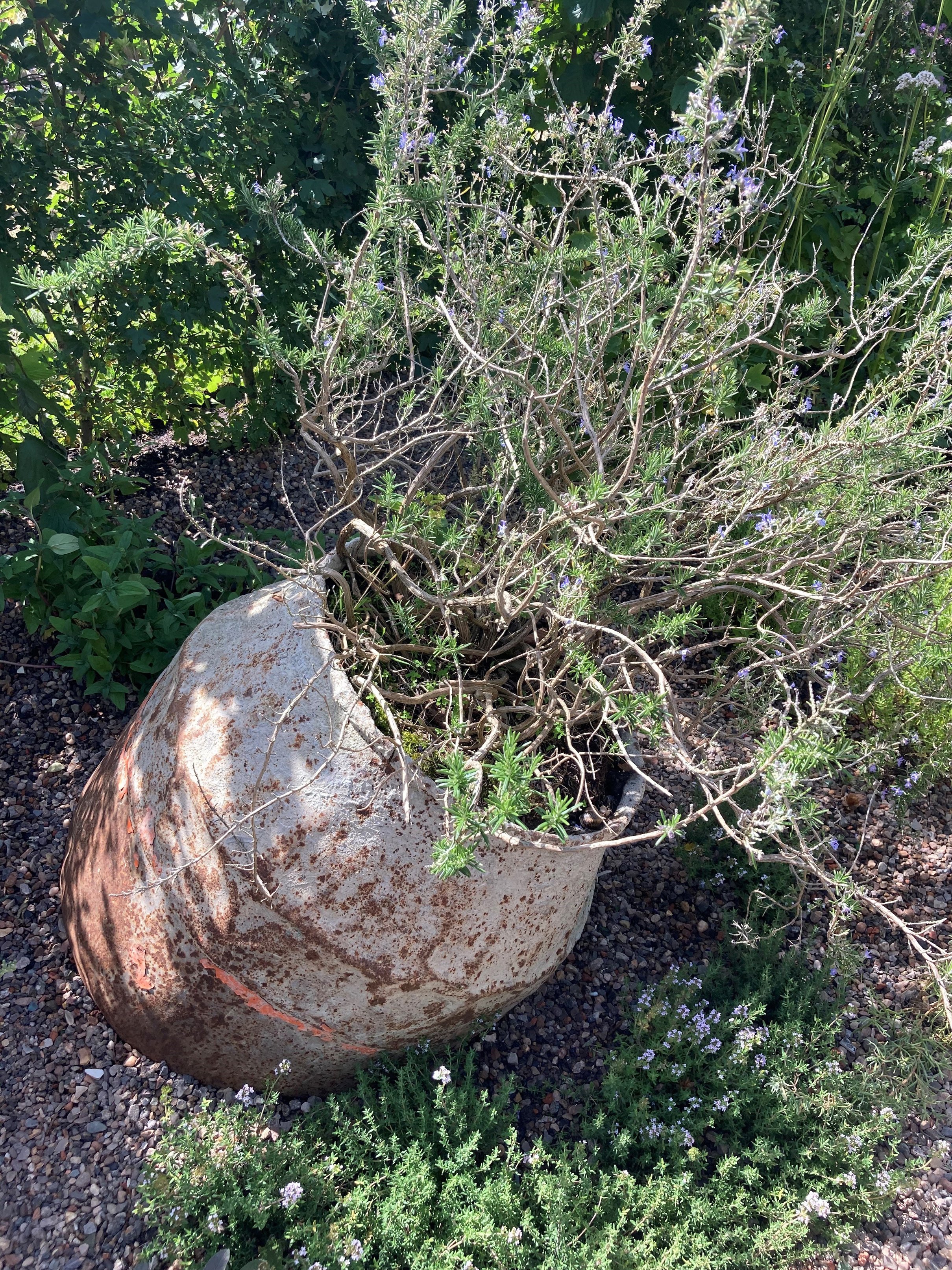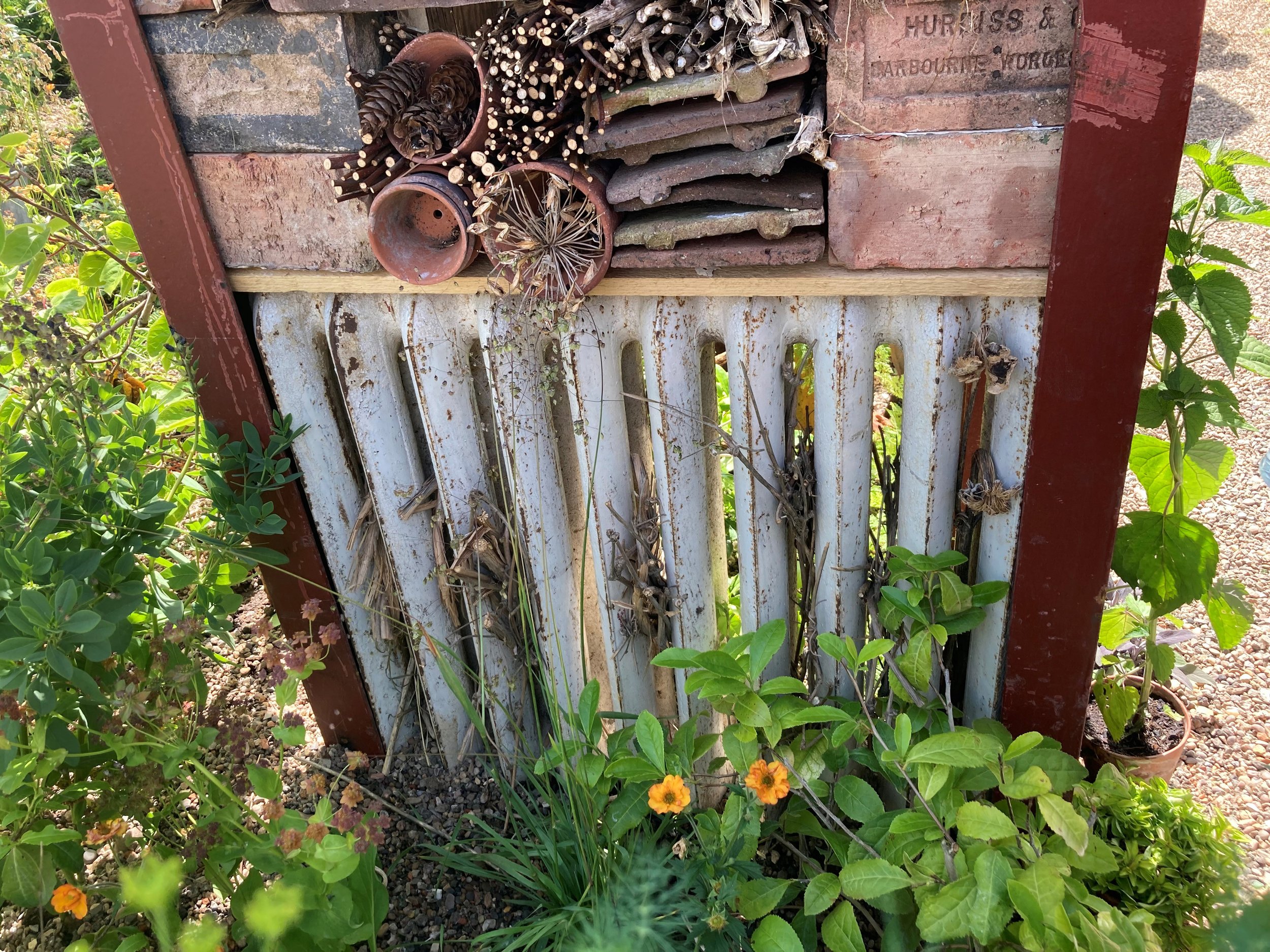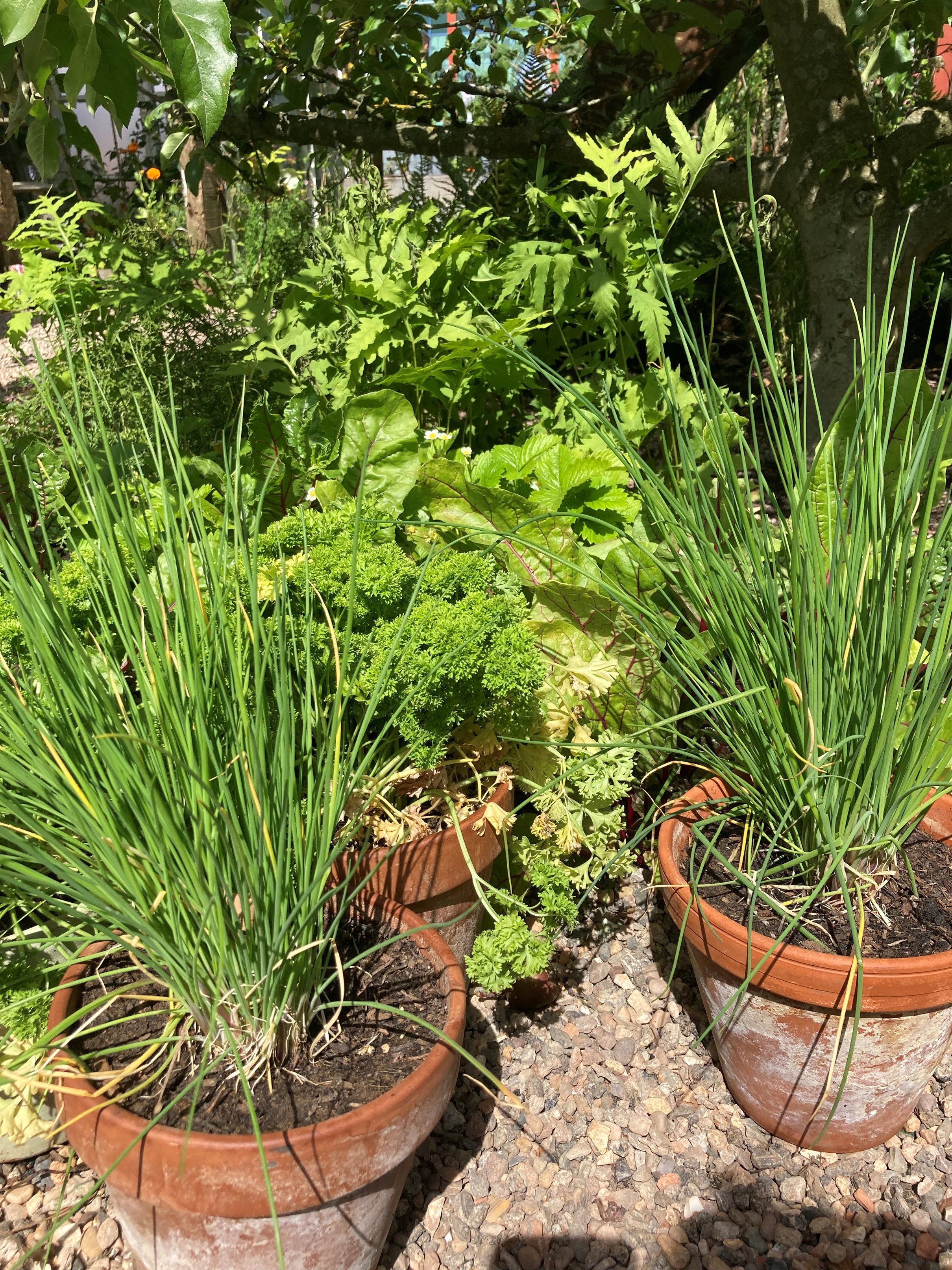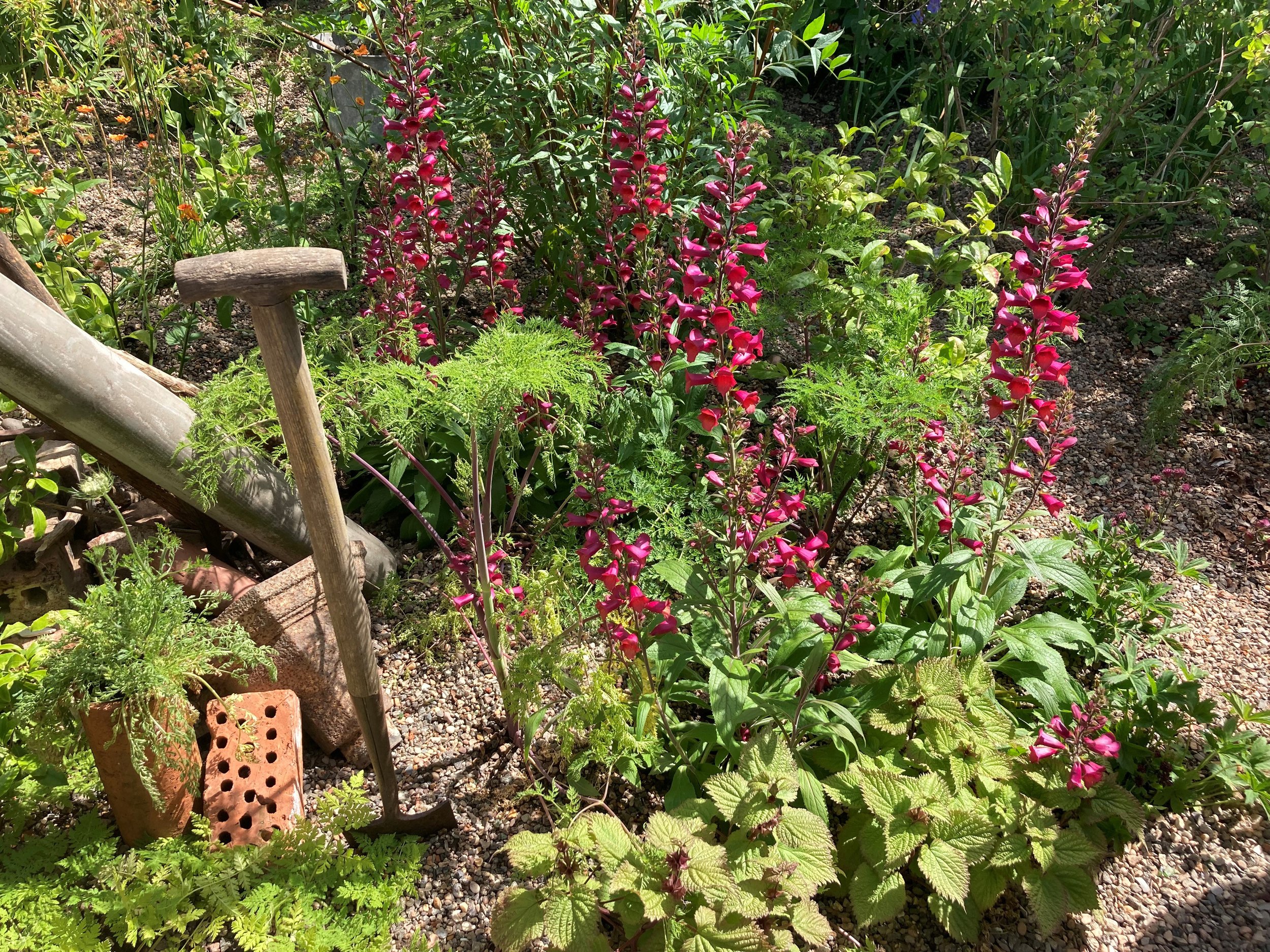Sustainable Garden
TV gardener Frances Tophill on how to create a sustainable garden out of old junk and rich planting.
Cement mixers, radiators and other throwaways can have a place in the garden, according to TV gardener Frances Tophill, a regular on BBC Gardeners’ World.
She’s recently won Best Show Garden at BBC Gardeners’ World Live where her sustainable, post-industrial garden for a modern world featured lush planting alongside locally sourced, reclaimed and recycled materials, including an old cement mixer, a collection of old sinks and a radiator.
“I started off looking at the 1920s as part of the BBC’s centenary, at Bauhaus architecture and that industrial heritage and wondered what would have happened if, over the last 100 years, rather than being technologically focused, we’d all been a little more green focused,” she explains. “I tried to imagine a rewilded landscape with a lot of native plants.”
The garden, whose plants were supplied by Hillier, featured an apple tree, hazels, birches, alder and aspen, all native trees for nesting birds and for maximising wildlife diversity – a core part of her aim.
“This whole garden is based on sustainability, and harnessing every little bit of eco system we can to provide for wildlife is part of that,” Tophill notes.
The planting featured lots of edibles and medicinal native herbs which are generally underused, such as mugwort (an artemisia relaxant you can use in tea).
Tempted to take on some of Tophill’s ideas in your own garden? Here’s how…
Cement mixers
Instead of buying an expensive pot, pick up an old cement mixer from a reclamation yard or recycling centre. It can make a great alternative to a Greek urn, particularly in a dry garden, resting on gravel. Grow drought-tolerant plants such as rosemary in it and you won’t go far wrong.
“The cement mixer in the show garden was my sister’s that she gave to me,” Tophill recalls. “We all have stuff lying around that we can reuse.”
Old sinks
“You could put a load of old sinks together to make a big pond, or you could just have one or two to make a little pond,” she suggests.
Old tins
“Pick them up from car-boot sales, or look in your shed or your parents’ shed – we all have stuff lying around. Reclamation yards are a bit more pricey but if you are having a retro feature, it may be worth spending the money on it.”
Old radiators
You can use old radiators as a framework for a bug hotel if you stuff twigs through the slats for habitat, adding tiles, bricks and pots (whole or broken), teasels and twigs on top. Just make sure it’s secure by building a framework around it if you need to.
Steps into shade
If you find old metal reclaimed steps you want to use as a feature, plant ferns underneath for a cool, shady feel along with earth nuts, which are shade-lovers and great habitat for ground beetles and ground-nesting solitary bees, she suggests.
Architecture and surface
Reclaimed wood can be used to make raised beds, cold frames and other items for gardens. The gravel path in Tophill’s garden was made from old smashed-up brick dust. “Even the honeycomb that goes underneath it to secure it and make it accessible is 100 per cent recycled plastic.”
Reclaimed steps can be used as a feature to display plants, although Tophill’s steps – which her builder had lying around in his yard – led to a corrugated shed.
“We found other stuff on Freecycle.org and Facebook Marketplace. It’s a mixture of stuff we all had lying around. It was a fun challenge to find out how we use reclaimed materials in a creative way.”
Going green
If you want a cool, lush area, Tophill prefers the colour green.
“You can go for silvery greens and evergreen greens like myrtle and tea plants (Camellia sinensis). Then have accents of colour with plants which are edible, like calendula and perennial mountain tagetes, enhanced with Canary perennial foxgloves, which are pollinator-friendly. They aren’t native but they are great for nectar.”
Peat-free progress
All the plants Tophill used were grown peat-free, and it’s not as difficult to buy peat-free as it once was, she says.
“Every plant is peat-free, which we thought would be more of a challenge than it was. It was reassuring that loads of nurseries, including Hillier, are pretty much 100 per cent peat-free. On a trade level that is happening, which is great news.”









